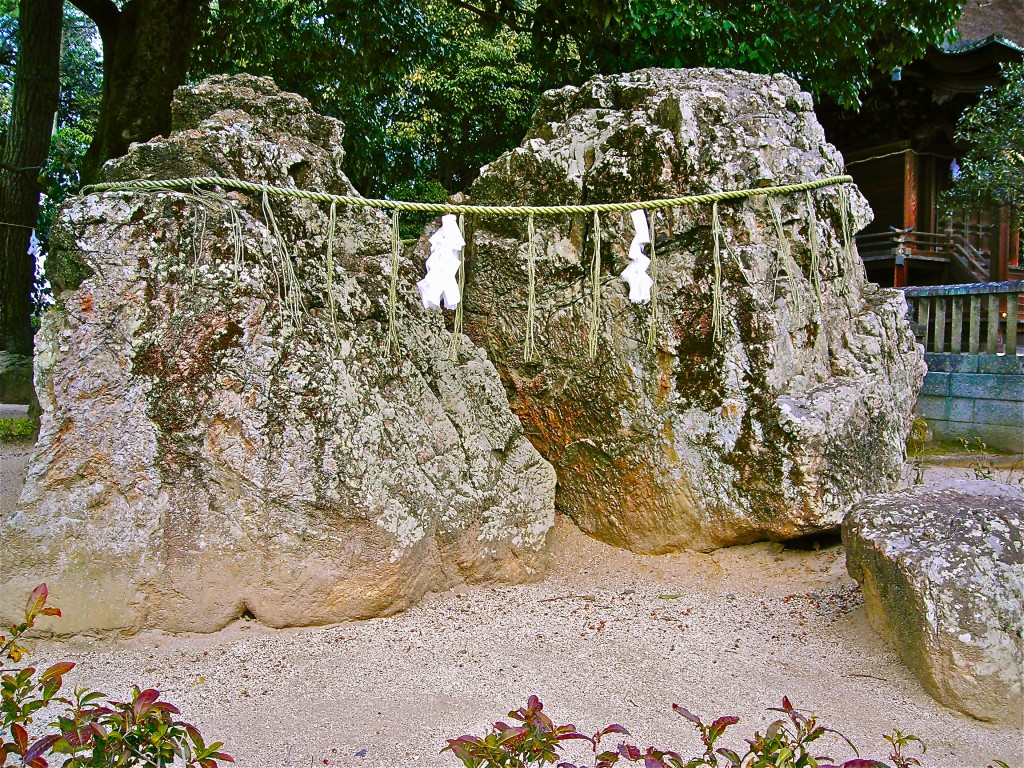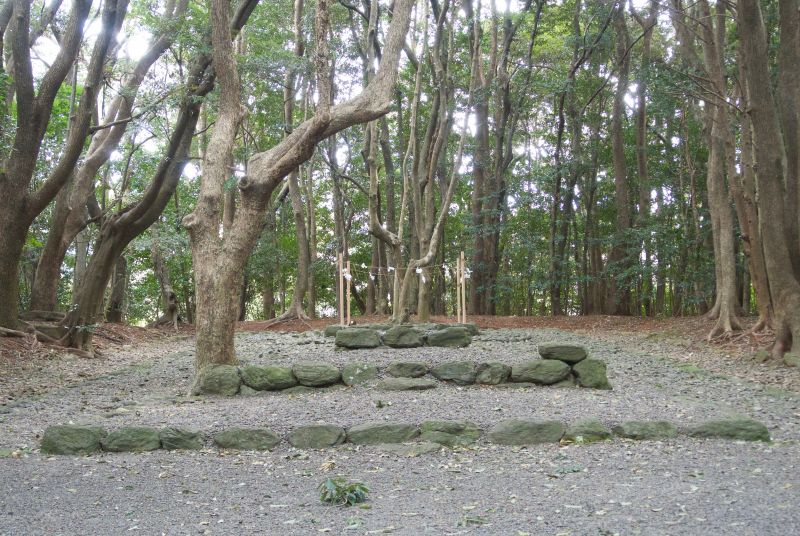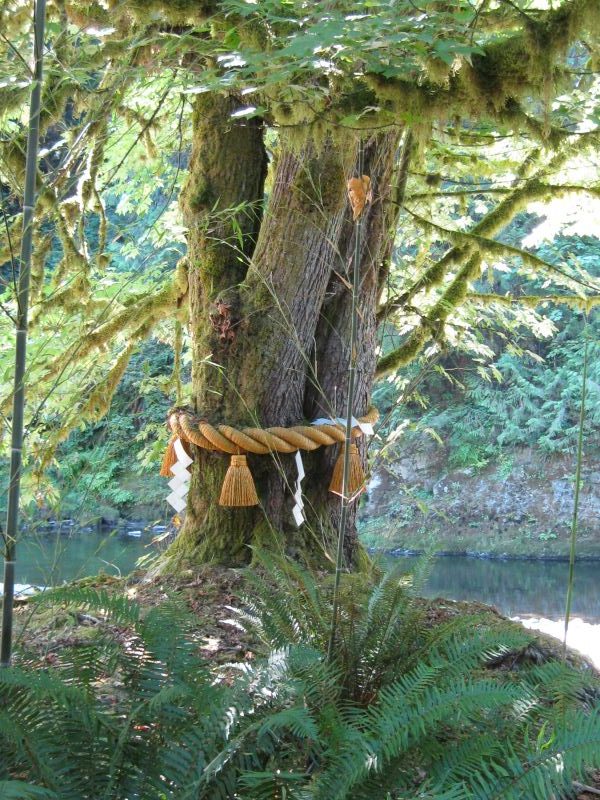Readers of this blog will know of the fascination Green Shinto has with the sacred rocks of Japan, known as iwakura. No one I have asked, including several Shinto priests, can explain their significance, and books ignore them altogether. Yet they often stand at the heart of a shrine, and in many cases are said to be the very reason for the establishment of the place as sacred. The topic has been addressed in several previous postings, but an article in Sacred Hoop magazine covering the use of sacred stones in shamanism casts them in a new light. For one thing there is the historical background, stretching back to a time before homo sapiens even emerged. For another there is explanation of their origin as a natural ‘god-given’ phenomenon. A third point of interest is the suggestion some stones ‘flash’ to attract attention. I believe this may be tied to the mirror rocks in Japan (kagami iwa), which are often found at sacred sites. A fourth point is the commonality of Native American thinking with Shinto, unsurprising given the former’s supposed origins in East Asia. Finally, the last paragraph may help explain the tradition in Japan of keeping sacred rocks secret or hidden from view. In the past this would have been a powerful element of mystery, and still today the tradition is maintained in such shrines as the ancient Omiwa Jinja in Nara Prefecture, claimed by some as the oldest shrine in Japan.
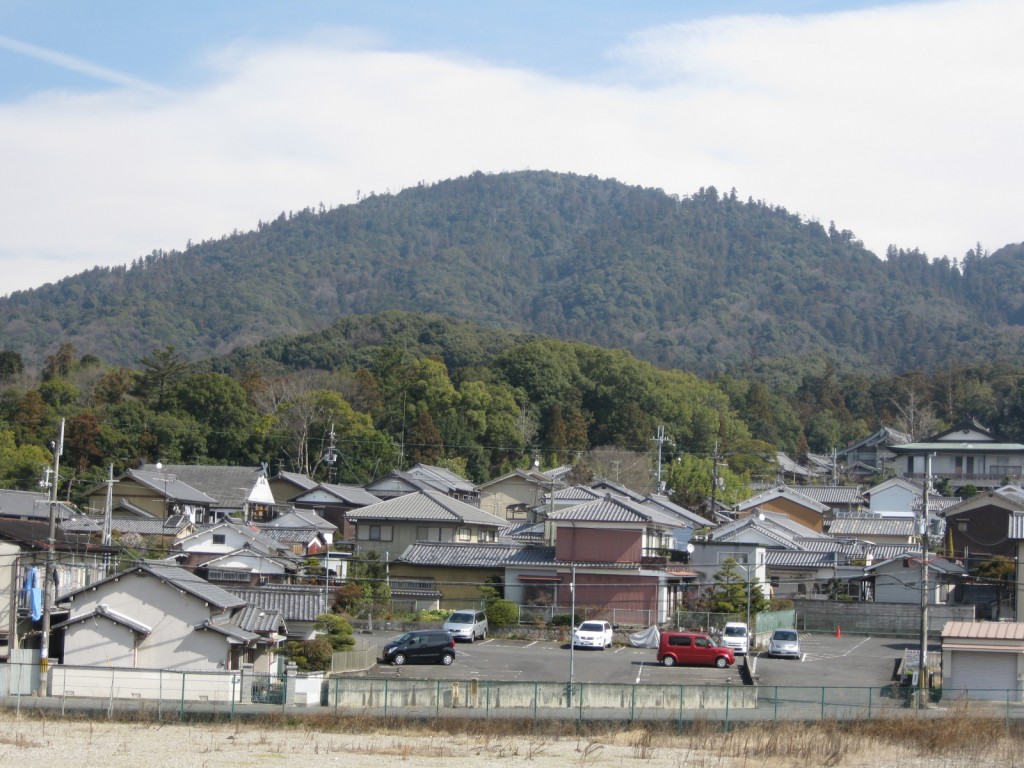
***********************
Extracted from ‘Stone Power’ by Nicholas Breeze Wood Sacred Hoop no. 123, 2024
The oldest example of a stone which had caught someone’s eye is the Makapansgat pebble, a naturally formed stone which resembles a
face, or a skull, around 8cm high, discovered in a cave in the Makapan
Valley, in South Africa. It was found in remains of human habitation which has been dated to around three million years ago.
The stone shows no evidence of having been worked, no tool marks, and is therefore a naturally formed pebble which someone found and prized. Naturally formed stones are the origin of the famous Zuni stone fetishes, from the Southwest of the USA, which are carved to resemble animals, the original one
however were ‘nature carved’ and highly prized as sacred stones.
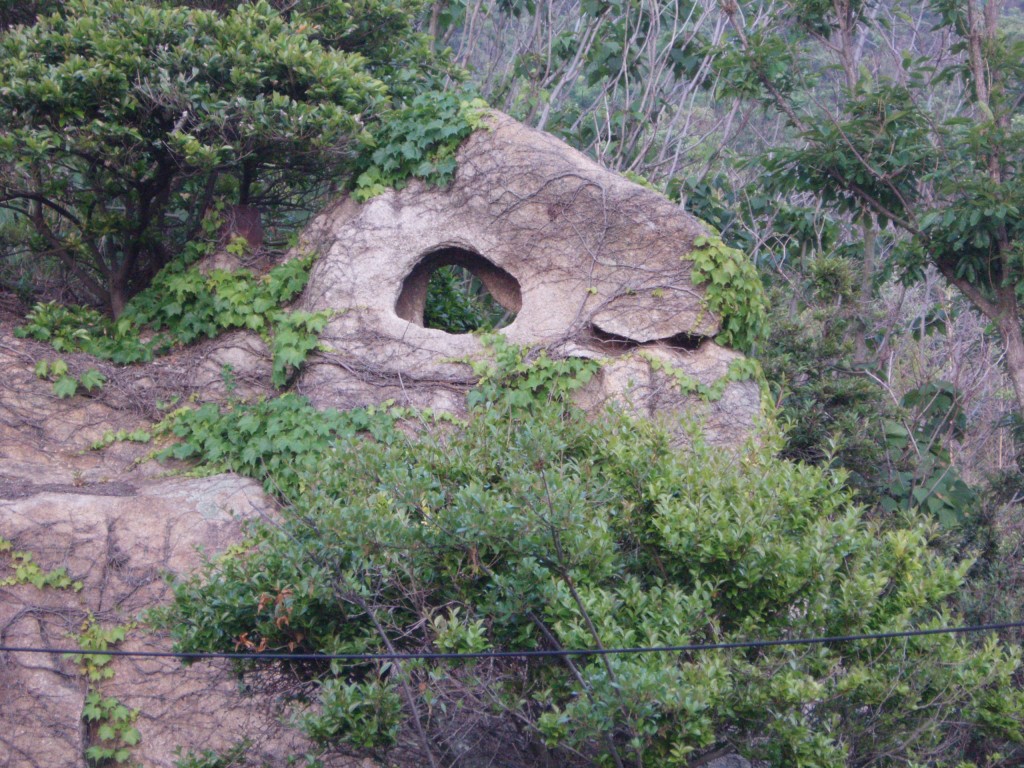
Such stones – and also naturally shaped bits of wood or roots – have long been prized as sacred objects, within which a spirit resides, or which a spirit has touched in some way. They are natural treasured gifts from our Grandmother the earth. Of course, stones don’t have to be of a special or unusual shape, they can come in special circumstances which make them special.
In Native American traditions, the Lakota call such special stone woti, they are ‘rock friends’ powerful rock spirits who protect a person. They come in unusual
ways, often brightly flashing light at a person to draw their eye so the stone is found. Carried in small bags or suspended on cord, they are worn close to the body, specially in times of danger, and many Native American warriors – both historically and in modern times, will carry such a rock.
The Crow Nation, who lived close to the Lakota on the Great Plains, often made elaborate ‘nests’ for their medicine stones, which they wore on cords around
their necks. These nests were generally beaded and hung with larger glass trade beads, which provided additional decoration.
Stones can be used as a temporary home for a soul part during soul-retrievals; the shamanic practitioner carries the stone in some way while they are on their shamanic journey, and the spirit of the stone will then accompany them on their journey and be with them in the ‘dark world’ – the ‘spirit world’ – when they find the lost soul part of the client. Then, the soul part is ‘popped’ into the stone, and the journeyer returns to the ‘light world’ – the every day – and gives the stone to the client, who keeps it close to themselves while the soul part fully returns and is integrated. The client should really keep the stone close, perhaps putting it into a small cloth or leather bag which they wear around their neck.
In many traditional healing rituals the client avoids touching – or sometimes even seeing – the released energy container, so as to avoid taking back the heaviness again.
*******************
For more on rocks, see here or click the button under Categories in the right-hand column.

